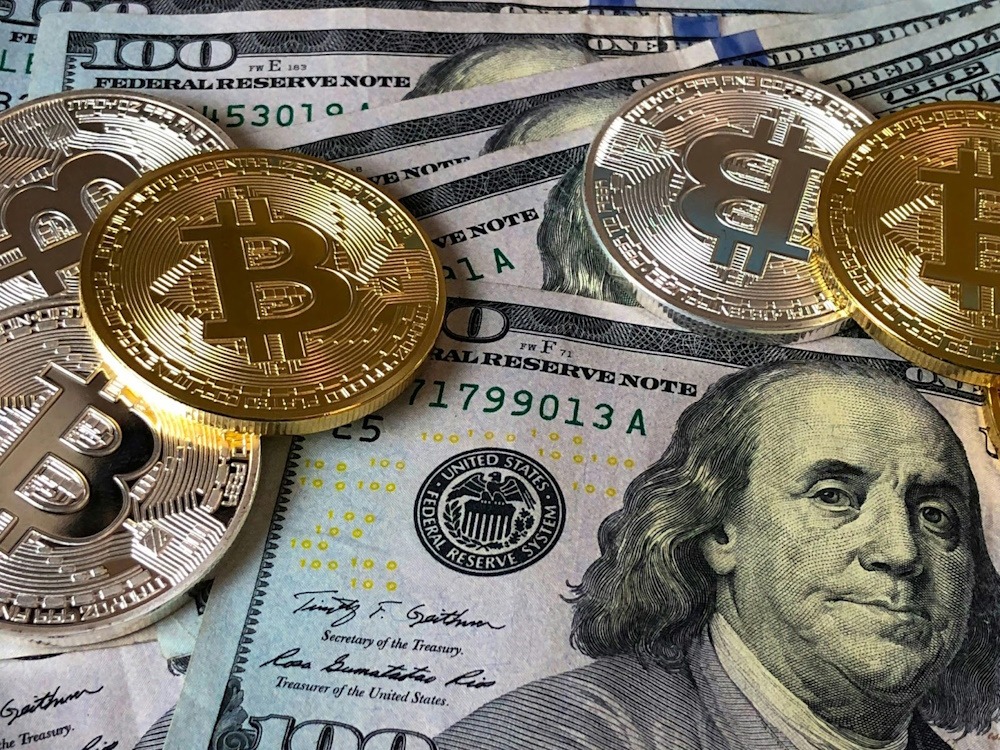Banks still dominate the financial system, but more people are starting to look elsewhere. As fees climb and access remains uneven, a growing number of consumers are shifting their attention to crypto. What started as a niche asset class is now showing up in everyday transactions, side gigs, travel, and even entertainment.
Everyday Crypto Transactions Are Becoming the Standard
The use of digital currencies in routine financial activity continues to grow, particularly for small-scale transactions. A clear example of this trend can be seen in cross-border purchases. Consumers purchasing goods or services from international sellers are increasingly using stablecoins to bypass processing delays and avoid conversion fees tied to fiat payments.
This rise in practical crypto use has also expanded into leisure sectors. Platforms catering to recreational spending, including gaming, have reported a steady increase in digital asset payments. For example, those who decide to explore Bitcoin casinos with PokerStrategy will soon realize that these platforms offer faster transaction speeds, lower fees, and greater privacy compared to traditional alternatives.
The trend also applies to digital subscriptions and service-based purchases. Major platforms such as Twitch, Namecheap, and NordVPN now accept cryptocurrencies as a standard payment option. This enables users to pay for streaming, domains, and online security tools directly through crypto wallets.
Why More People Are Turning to Crypto
Growing interest in cryptocurrency isn’t just tied to speculation. In many countries facing inflation or strict currency controls, people are using digital assets to protect the value of their savings.
Argentina is a clear example, where a limited supply of U.S. dollars has pushed more residents to shift part of their funds into Bitcoin or stablecoins. These currencies offer stability that local options can’t provide.
Ownership is rising elsewhere too. According to DemandSage, in the United States, about 28% of adults now hold some form of cryptocurrency. A similar pattern is unfolding in parts of Europe and Asia.
The tools themselves have improved. Mobile wallets are easier to use, with simple interfaces and added security features like biometric login and two-factor checks. At the same time, the approval of spot ETFs for Bitcoin has helped crypto enter more traditional investment portfolios, giving the market more visibility and legitimacy.
There’s also been a clear rise in cross-border use. Sending money internationally through crypto often takes minutes and avoids the high fees tied to banks and wire transfers. For many, it’s become a practical option that saves time and reduces costs.
What Still Slows Crypto Down
Despite real progress, a few key issues continue to limit everyday use. Price swings are still a concern. While stablecoins offer more consistency, not everyone uses them. For those holding regular crypto, even a small dip in value can affect basic spending decisions.
Energy use has been part of the debate as well. Older networks that rely on heavy computing power have drawn criticism for environmental impact. That said, newer models use far less energy, and the shift is continuing.
There’s also the learning curve. Many people still find wallets confusing or don’t fully understand how to protect their funds. Mistakes can lead to lost access or exposure to scams. That’s why some platforms now include clearer instructions and security reminders, but the need for better guidance remains.
Integration, Access, and Practical Use
Traditional finance is already adjusting. Major banks are testing blockchain for faster clearing, while partnerships between fintech platforms and established institutions continue to grow. In retail, crypto payment options through services like PayPal are starting to appear at checkout, making them easier to use in everyday settings.
New use cases are also emerging. Blockchain is now used for event ticketing, digital art sales, and direct payments to creators, where buyers can pay instantly and, in some cases, receive added rewards.
What’s clear is that adoption is no longer a question of if, but how. For most consumers, the next step is less about speculation and more about practical use. Starting small with trusted platforms remains the best entry point: simple, accessible, and aligned with how financial habits are already changing.

